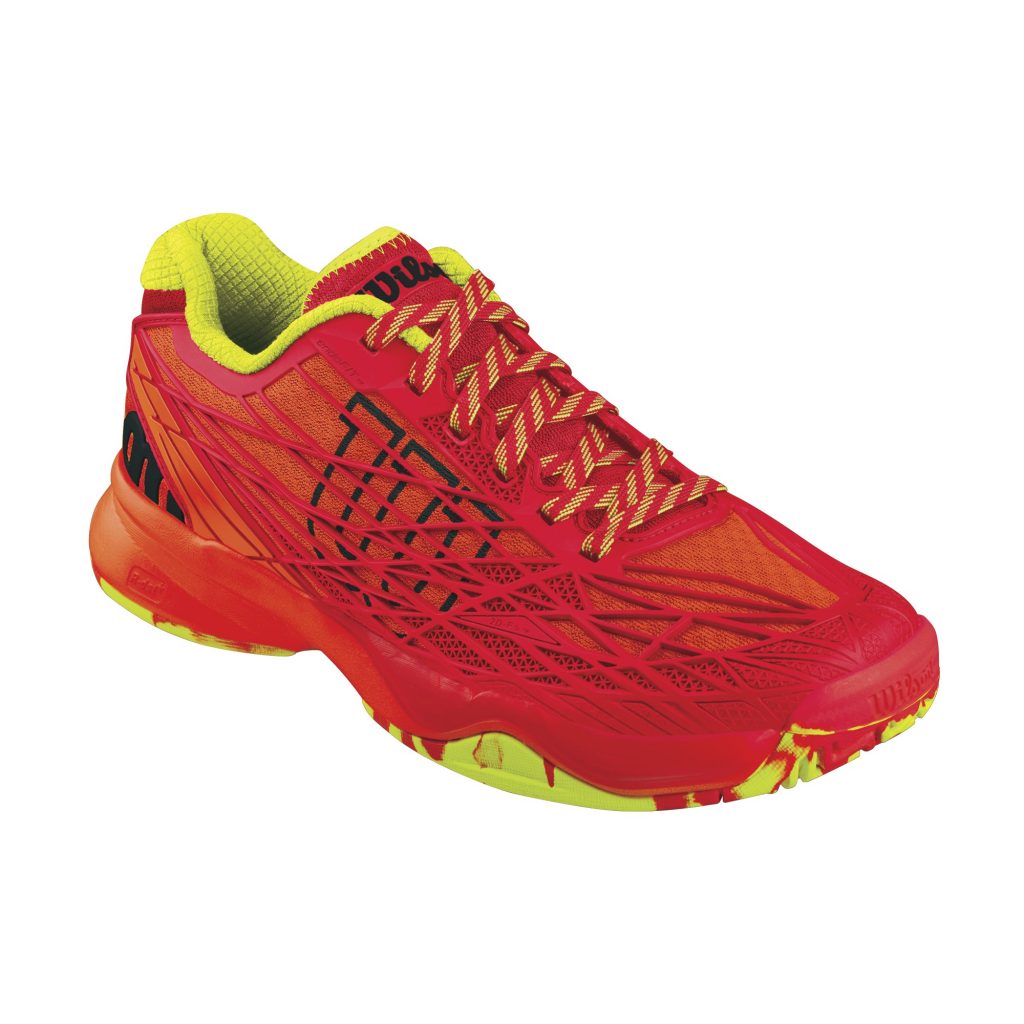Denver Orthotics News
Tennis is a dynamic sport with quick direction changes and short bursts of acceleration. Most tennis players pay attention to their shoes, but not the interaction between their feet and the shoe.
How do you select a shoe and determine in-shoe support needs? Tennis shoes should have torsional rigidity, a firm heel cup/counter, and excellent lateral stability to keep the foot from rolling, and a stable medial midsole to allow for power transmission in direction changes. Also, the shoe should allow removal of the sock liner/insole for replacement of with an orthotic or insole when necessary.Some brands and styles that meet these general requirements include the K-Swiss Stabilor series from 2015, just about anything similar to the Adidas Response Competition Series, New Balance 1004 & 1006, Wilson Kaos and Nike Courtballistec. Which one is best for you depends on foot type and shape, specific court requirements and lacing options. Tennis-specific stores like Tennisexpress.com are going to give you a much better selection than the local shoe store.. As a starting guideline, the more your foot has motion control or pronation issues, the better off you are with a shoe that has a straight last.


Orthotics make a positive difference in foot speed, comfort, and even posture. Tennis does have some standing around and slow movements in an upright position between points. So, the footwear and support should stabilize posture and reduce energy expenditure by making it easier for you to stand in a neutral, upright position. Putting your arch and foot in neutral is key to reducing fatigue in this sense.
Not all feet do not have the same power position either in the forefoot or the arch, both of which tend to collapse under the rapid movements of tennis. On average, about 85% of the population needs an orthotic or insole. With the lateral motion in tennis, this rises to over 90% because the quick movements can place 2-3 times bodyweight on the forefoot and ankle, causing a collapse and loss of power.
An orthotic for tennis is different from other sports in forefoot support. The orthotic should provide a platform for the forefoot to make rapid and powerful movements, so no energy is wasted and not applied to the movement. The angle of the big toe down to the small toe is important. If your big toe sits higher than the little toe, that amount of “varus” or angle will mean your foot has to collapse to make contact with the shoe each time you move. Each time it collapses until it reaches the bottom of the shoe, and you lose power and movement speed. Measurement of this level and building the orthotic correctly is key to increased power and movement ability in tennis. Another option is a tennis orthotic with some toe-specific support for problem feet to aid in both comfort and power transmission.
Often overlooked in orthotics is general foot flexibility. If you had rigid orthotics made for dress shoes, those are not likely going to work well in tennis. A dress shoe orthotics is often sulcus or a half orthotic, so fitting the orthotic in with the balance of the sock liner is challenging and not optimal. If your foot is rigid, then the orthotic/insole should provide some cushioning as well as a moderate amount of arch support. On the other hand, if the foot is flexible, the orthotic should be more rigid under the arch, but still have cushioning when you land in movements. An evaluation that determines foot structure and flexibility is key to developing the best orthotic combination for your needs.
If you get the right shoe and the right orthotic, what can you expect? Well, you may not serve like Federer, but your feet will last and give you more power when your opponents cannot move efficiently in that tiebreaker!
